Hibiscus (Hibiscus Sabdariffa L.), is used both in agro-food and in the nutraceutical sector. Hibiscus is a flowering plant employed throughout the world and is largely grown in tropical and sub-tropical regions namely in Mexico, Egypt and in Black Africa. This raw material is widely consumed in these countries and is increasingly exported.
The analysis of the hibiscus flower powder market and its latest trends worldwide shows that this market is expected to register a CAGR of 6.1% from 2019 to 2025 while positioning Europe as the second world leader in the coming years. [1] Market growth can be attributed to the growing demand for natural, healthy and organic products combined with the rising awareness about the health interests of hibiscus. [1].
Hibiscus is a plant whose flower is used both because of its floral and tangy flavour, its refreshing and thirst quenching properties along with its strong colouring capacity (red to pink colours). Based on its organoleptic charactertistics, it replaces synthetic additives by providing colour and flavouring to your preparations and it is perfectly adapted to your products in both solid and liquid form.
Phytochemical studies have demonstrated the presence of organic acids, anthocyanosides, flavonoids, minerals and amino acids[2] [3]
This exceptional composition is a growing interest and numerous benefits have been attributed to hibiscus including: a reduction in body temperature, cholesterol levels and blood pressure, while relieving throat and stomach pains. [1]
We at Natural Origins believe in the value of this flower and it is for this reason that we have set up supply procurement chains over the past years. We have sourced different origins to be able to offer your several terroirs, each offering its own particular characteristics (for example a red colour which is darker or lighter). Harvesting happens in the beginning of April, arrives on the European market immediately after and is then analysed and made available during the springtime.
We work with Senegal and Egypt to get the best sources of this raw material available in different forms: whole or cut flowers, extract or in powder form:
The vast majority of our hibiscus references are organic.
We also propose hibiscus cut flowers exclusively for teas and infusions:
Check out our on-line catalogue for further information. Feel free to contact our Botanical Studio® for all custom designed ingredients.
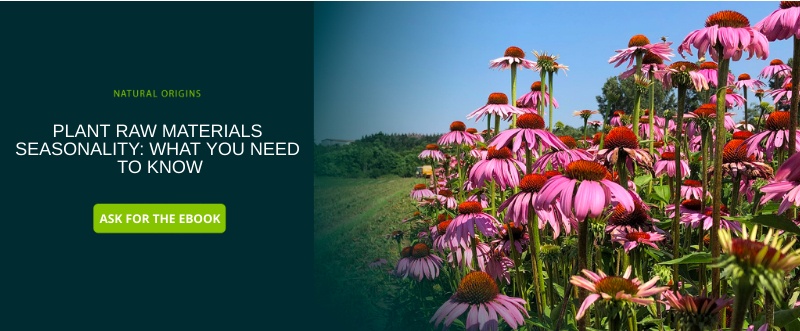
[1] https://www.grandviewresearch.com/industry-analysis/hibiscus-flower-powder-market
[2] https://www.persistencemarketresearch.com/market-research/hibiscus-extract-market.asp
Purchasing Manager
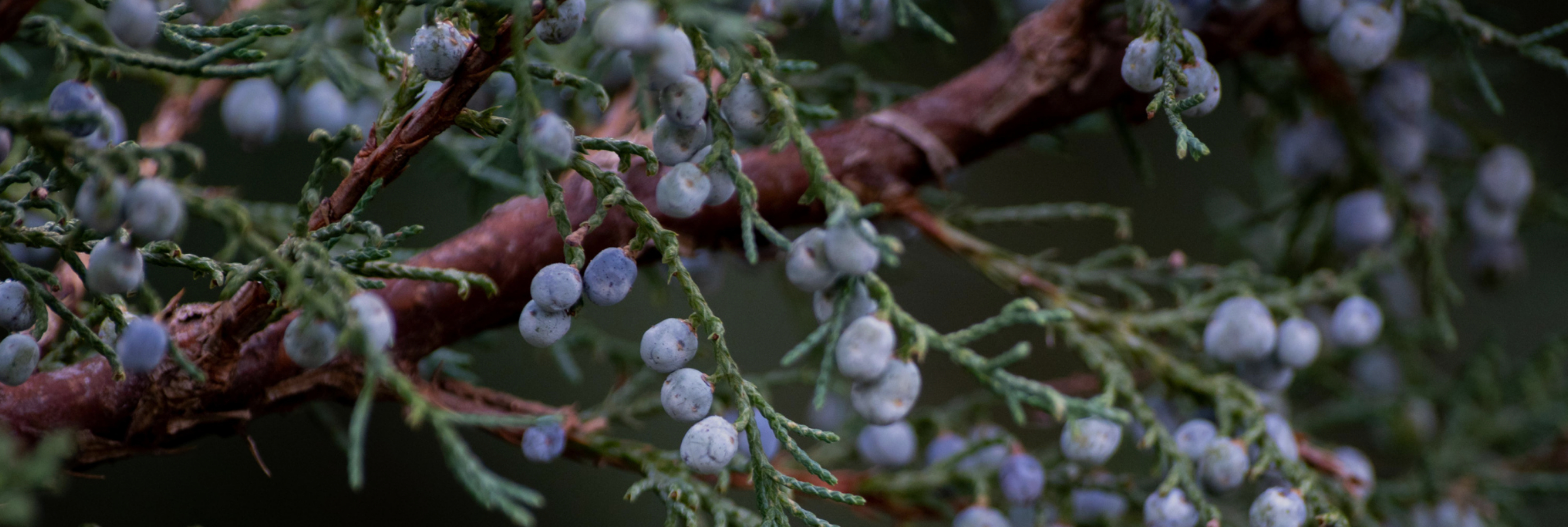
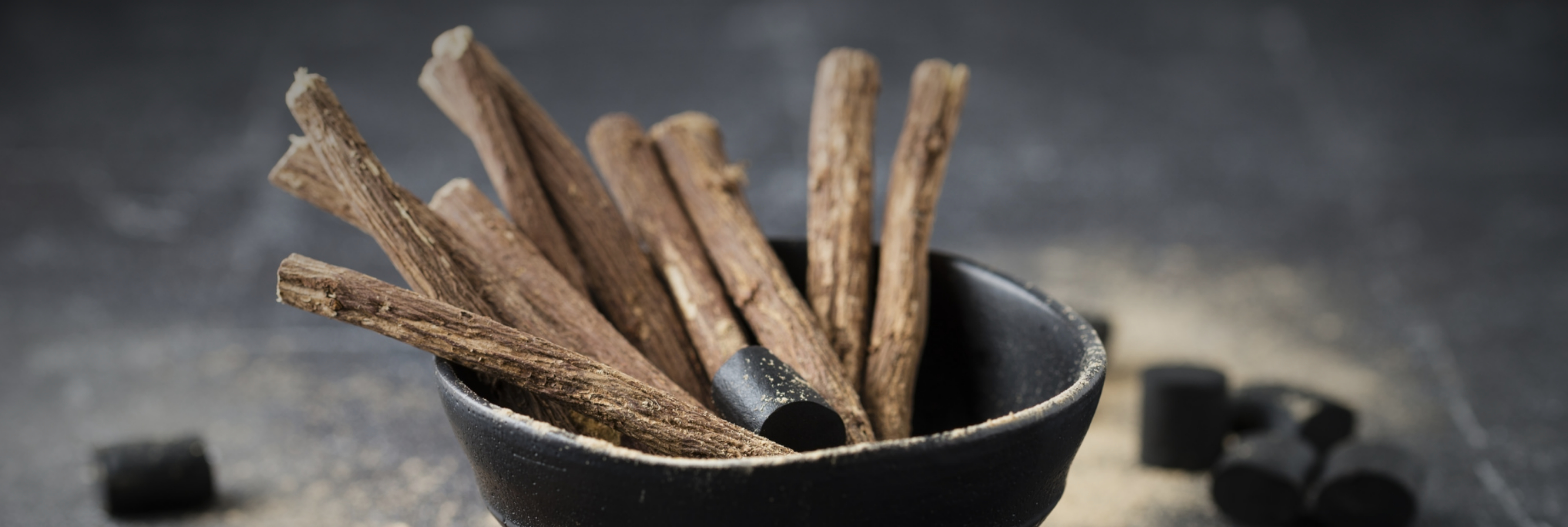

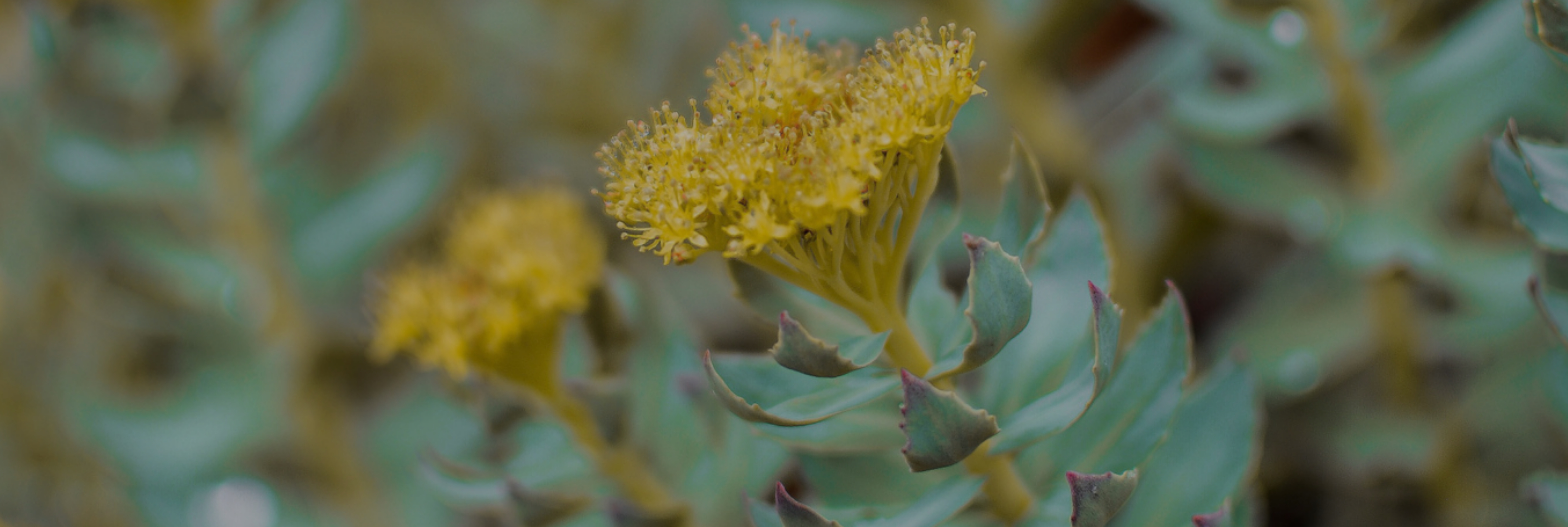
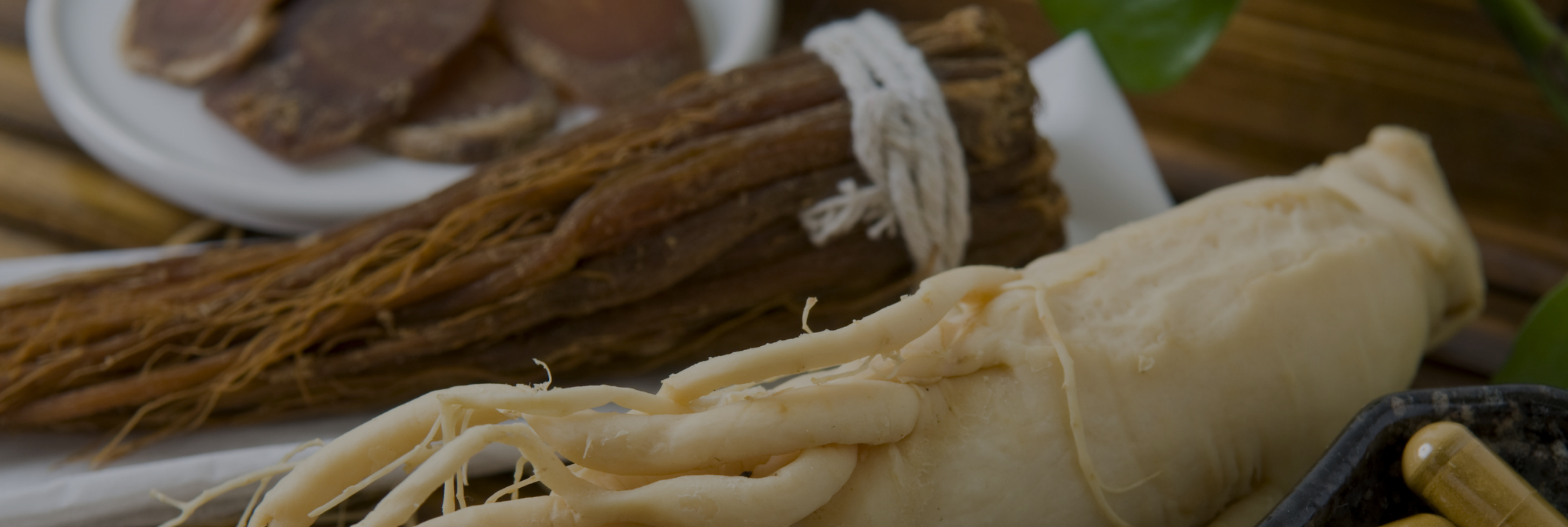
Leave a comment